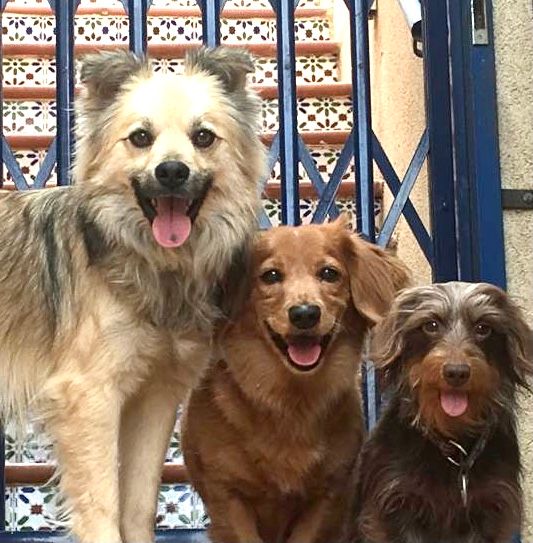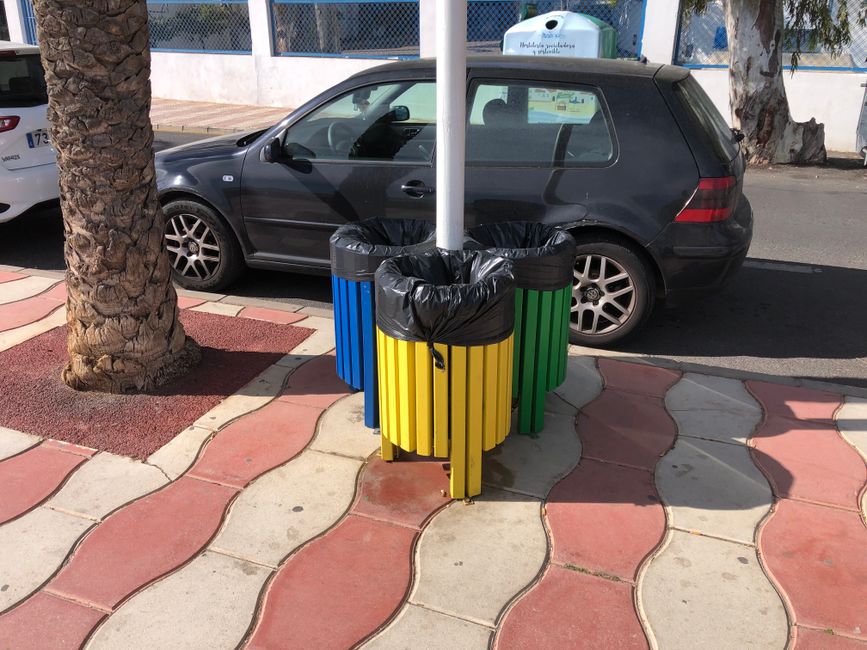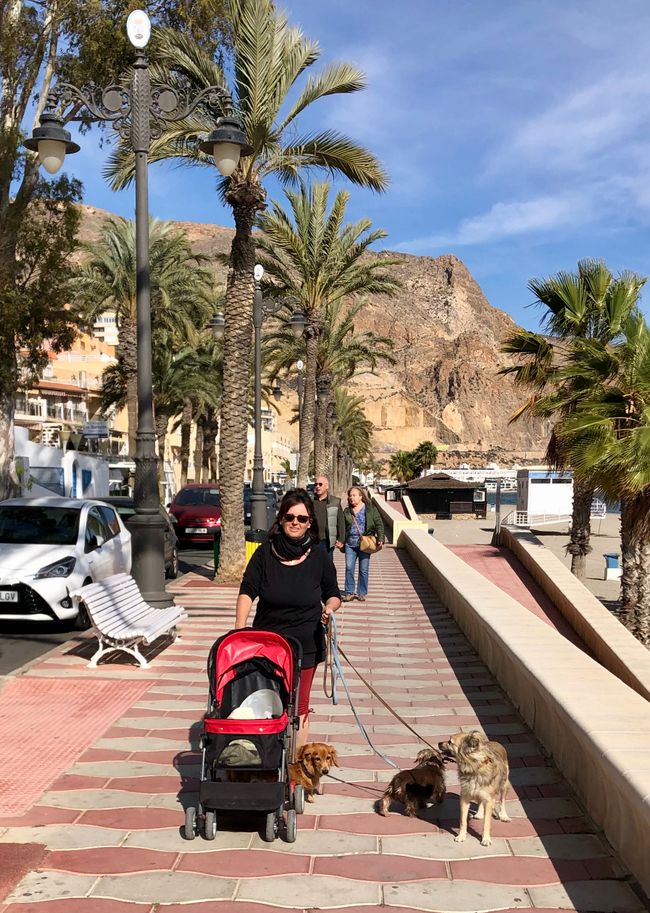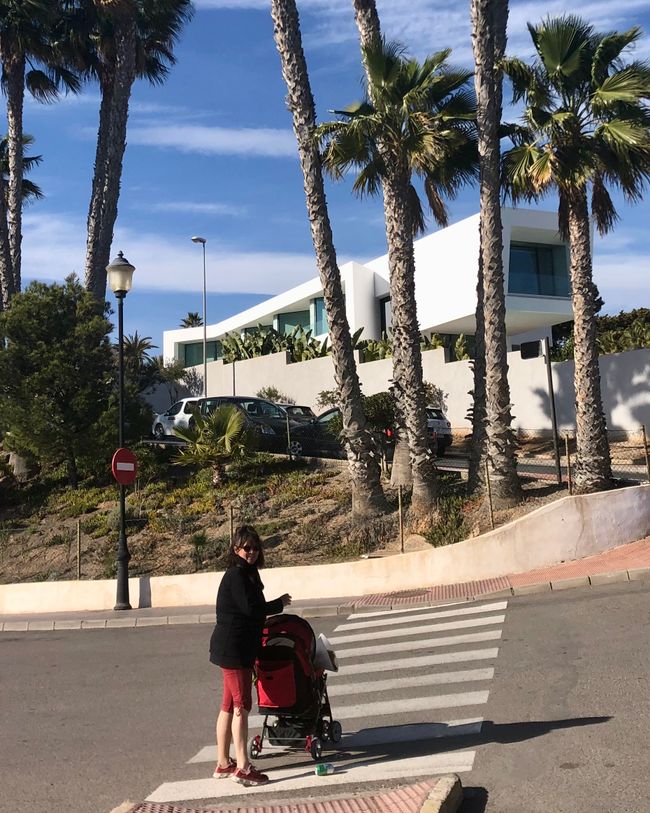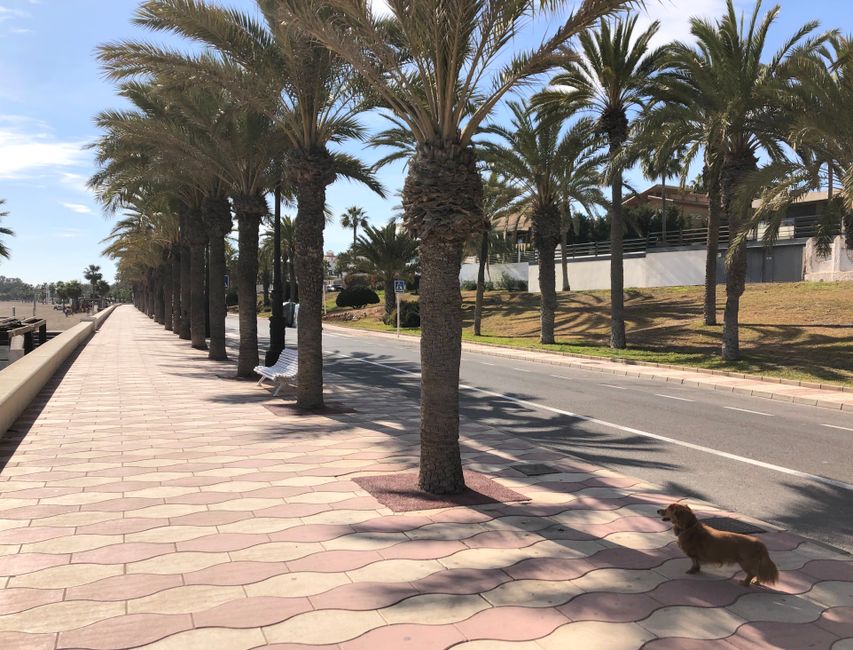Spain: A Different Life - Part I
Atejade: 17.02.2022
Alabapin si iwe iroyin
#22 Aguadulce
This is now the third time we are spending several weeks in Spain during the winter. Slowly, it becomes clear how life here differs from life in Germany.
The most significant difference for us is the different daily rhythm. The day starts around 10 am - at the earliest. From 10, 10:30 am until around 2 pm, work is done. Then comes the siesta, which means: nothing goes on. Break. People either go home or they go to one of the many cafes, restaurants, or pubs together with their colleagues and friends. Maybe they also meet their family here, but in any case, there is eating, drinking, chatting, and lots of laughter. Around 5 pm, work calls again for three or four hours. It's hard to say exactly because working hours are usually very individual. Five or ten minutes more or less - it doesn't matter. This daily rhythm is naturally due to the climatic conditions here. When the sun is scorching in the afternoon, people have to protect themselves and can catch up on things missed in the cooler evening hours.
The issue of garbage accompanies us through the days and weeks in Andalusia. I have never seen so many public trash bins in any other country as here in Spain - even with garbage separation! Yellow stands for plastic, green for glass, blue for paper, and gray for general waste. In Spain, there is no private garbage disposal, meaning no personal trash can that will be emptied weekly for a fee by the waste disposal. Containers of different colors are standing on the sides of the streets, which everyone can use. The advantage is that it is free and there is no hassle about a full trash can, but everyone has to carry their garbage to the next container.
Waste doesn't seem to be of much concern in Andalusia - as long as it is gone. We have already reported on the many piles of garbage in the landscape. A look into the variously colored containers confirms that separation is not taken very seriously either. And yet, much more waste is produced here than in Germany. There is no deposit system for bottles, whether they are glass or plastic. They all end up in the container - at best. In Spain alone, the consumption of water bottles is estimated to be twice as high as that of beer bottles in Bavaria...
The water from the tap is mixed with chlorine, especially to kill bacteria in the hot summer months. It can be used for washing, rinsing, and even cooking, but for drinking? Many Spaniards have gotten used to the taste and drink it, but many don't and opt for mineral water instead. It is available in all sizes, from 0.2 liters to 8.0 liters, in all small and large supermarkets. We haven't seen any beverage stores like in Germany here yet. Towards the end of work, many women and men are on their way, transporting water bottles for the next day to their homes on their bicycles and mopeds.
Speaking of water. Today, Icke grabbed a full bottle of tap water (0.5 liters!) to clean "the nearby surroundings," as she said, from the markings of the many dogs in the neighborhood. I didn't want to miss her action and watched her from the window. She didn't get far. She wouldn't have gotten much further even with a 20-liter watering can. The urine of the dogs has long eaten deep into the stones. This has several reasons: on the one hand, there are very, very many dogs here, on the other hand, heat is a major factor, and finally, there is a lack of rain that washes everything away from time to time.
All of this makes walking the dogs interesting for our furry friends. They say that the morning walk is like reading the newspaper for humans - here in Spain, it resembles studying a twelve-volume encyclopedia. The Alcazaba, the grand fortress that towers over Almeria, was completed in the 11th century by King Hairán. He was said to be a friend of large wolf-like dogs. They must have marked their territory extensively and sustainably, because during our tour, Berry, Emmi, and Pipo sniffed for a moment, tucked their tails in, and just wanted to get away.
Alabapin si iwe iroyin
Idahun
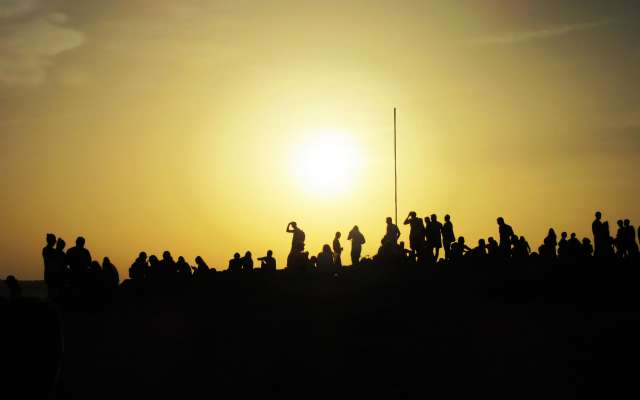
Awọn ijabọ irin-ajo Spain

